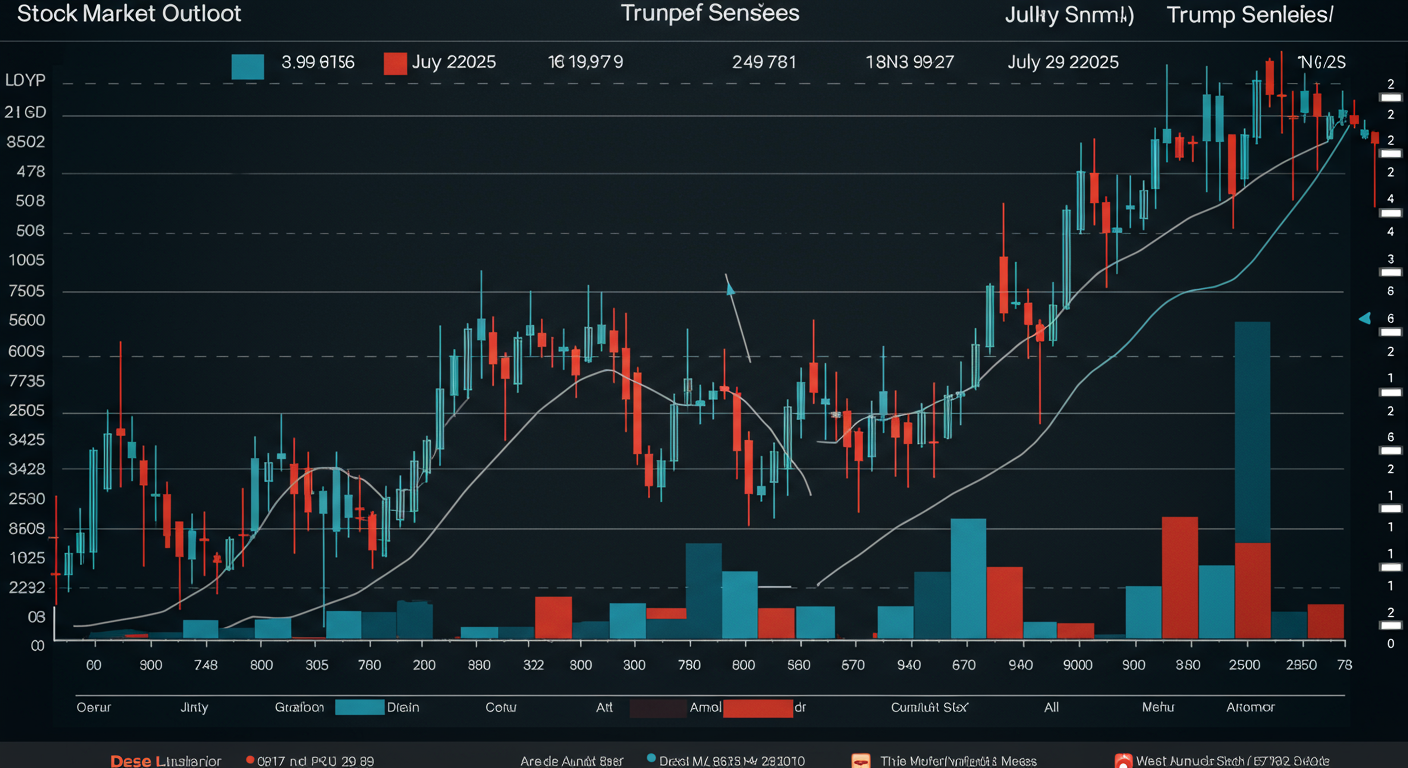India Sees Slight Rise in COVID-19 Cases: 564 New Infections and 7 Deaths Reported on June 5, 2025
- Abhishek

Just when many believed COVID-19 had become a chapter in history, recent numbers suggest that the virus is still quietly circulating—and it’s demanding our continued attention. On June 5, 2025, India reported 564 new COVID-19 cases and seven deaths over the last 24 hours, bringing the total number of active cases to 4,866.
While the numbers may seem modest compared to the peak of the pandemic, they serve as a crucial reminder: the virus hasn’t gone away. The rise in cases—though gradual—has prompted public health officials to call for renewed caution, especially in regions reporting deaths and clusters of infections.
A Closer Look at the Numbers
The Ministry of Health and Family Welfare’s latest bulletin indicates a small but notable spike in the daily caseload. Seven fatalities were recorded—spread across states such as Delhi, Karnataka, and Maharashtra. Most of these deaths involved individuals with pre-existing health conditions, including diabetes, cardiovascular disease, and chronic respiratory issues.
These developments have reignited discussions around India’s pandemic preparedness and whether the healthcare infrastructure is still ready to handle potential surges.
What’s particularly important to note is that no large-scale community outbreak has been identified so far. The new cases are largely localized, and containment measures are in place in areas showing mild spikes.
Why the Rise Now?
The exact reasons for the recent uptick in cases are still being analyzed, but several factors might be contributing:
-
Seasonal Changes: June marks the beginning of the monsoon in several parts of India. Seasonal flu and respiratory infections tend to rise during this period, and COVID-19, being a respiratory virus, may piggyback on this pattern.
-
Lower Adherence to Precautions: With restrictions eased, and many people no longer wearing masks or practicing physical distancing, opportunities for the virus to spread have naturally increased.
-
Variants Under Watch: While there is no evidence yet of a dangerous new variant, minor mutations of the virus are constantly being monitored. These could have a role in increasing transmissibility, even if not severity.
-
Reduced Testing and Reporting: A general decline in testing can lead to underreporting, which means that the actual case count could be slightly higher than what’s reflected officially.
Government Response and Preparedness
India’s central and state health authorities appear to be acting with foresight. On June 2 and 3, the Ministry of Health conducted technical review meetings to assess healthcare infrastructure and readiness.
These meetings weren’t just theoretical. They were followed by mock drills in various states to test the functionality of oxygen supply systems, availability of ICU beds, and readiness of COVID-19 care centers. The exercises continued on June 4 and 5, ensuring hospitals and clinics are not caught off guard.
This approach—of preventive action rather than reactive scrambling—is exactly what experts have recommended since the start of the pandemic. It’s not about panic, but about staying a step ahead.
Should We Be Worried?
The short answer: No, but we should stay alert.
The current numbers, while higher than in previous weeks, are not at alarming levels. There is no indication of healthcare systems being overwhelmed, and vaccine coverage in India remains high.
However, the small spike should not be ignored. Experts have consistently warned that the virus may continue to circulate at low levels, flaring up occasionally, especially when vigilance drops. It’s during such times that vulnerable populations—especially senior citizens and people with chronic illnesses—are most at risk.
Health professionals are urging citizens to follow basic hygiene: wearing masks in crowded indoor places, avoiding unnecessary travel if feeling unwell, and practicing hand hygiene.
Vaccination Still the Key
India’s extensive vaccination campaign has undoubtedly helped in reducing the severity of COVID-19 infections. As of now, a significant portion of the adult population has received their primary and booster doses.
That said, experts advise individuals—especially those over 60 or with comorbidities—to stay updated with their booster shots as per their doctor’s recommendation. Several newer vaccine formulations targeting recent variants are also in use or under development globally.
The Ministry of Health has not yet issued new vaccine guidelines in response to the June spike, but that could change if the situation evolves.
What Can You Do?
The best way to respond to this news is not with fear, but with awareness and responsibility. Here are a few simple things each of us can do:
-
Mask up in closed or crowded public places.
-
Stay home if experiencing symptoms like fever, cough, or sore throat.
-
Test early, especially if you’ve been in contact with someone COVID-positive.
-
Keep a check on high-risk family members and ensure they follow precautions.
-
Stay informed from reliable sources like government bulletins or credible health websites.
Final Thoughts
The report of 564 new COVID-19 cases and seven deaths on June 5, 2025, is not a reason to panic—but it is a reason to pause and prepare. The virus may not be making headlines daily anymore, but that doesn’t mean it’s disappeared.
India has come a long way since 2020—from scrambling for oxygen cylinders to now proactively conducting readiness drills. The focus now should be on maintaining that preparedness, supporting one another, and staying informed.
As we move forward, let’s remember that health isn’t just the absence of disease—it’s the presence of vigilance. And in that, every individual plays a part.







